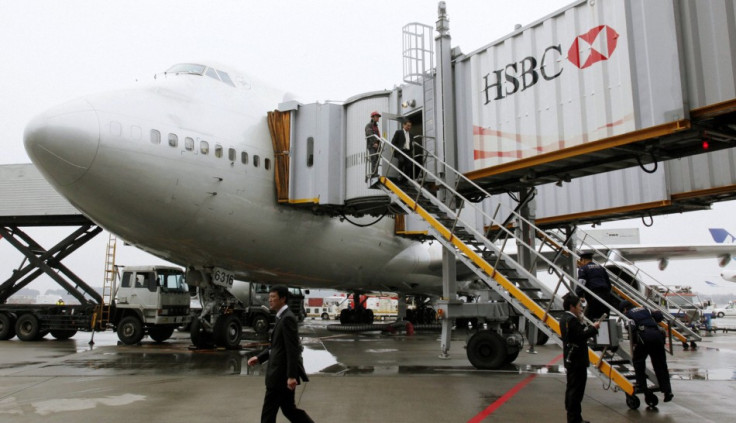Flying to get Scarier: Climate Change to increase Aeroplane Turbulence
Scientist says flights will take longer and be more turbulent because of climate change

A leading scientist has warned climate change will make air highways more turbulent because of atmospheric shifts.
Paul Williams, a Royal Society research fellow at the University of Reading, wrote a letter in the journal Nature Climate Change warning that air travel could change considerably in the coming years.
He said that commercial aircrafts encounter moderate or greater turbulence tens of thousands of times every year, causing injury to hundreds of passengers and occasionally death.
In 2009, about 30 people were injured on board a Northwest Airlines flight from Manila to Tokyo after the plane hit turbulence.
It costs airlines millions of pounds in repairs to structural damage caused by the turbulence.
Williams said clear-air turbulence is particularly problematic because it cannot be seen by pilots, satellites or on-board radars.

This sort of turbulence is linked to atmospheric jet streams, which are expected to become stronger as climate change worsens.
"Climate model simulations [show] that clear-air turbulence changes significantly within the transatlantic flight corridor when the concentration of carbon dioxide in the atmosphere is doubled."
He predicted that during a winter flight, clear-air turbulence will become between 10 and 40 percent stronger, and that it will occur between 40 and 170 percent more frequently.
"Our results suggest that climate change will lead to bumpier transatlantic flights by the middle of this century. Journey times may lengthen and fuel consumption and emissions may increase," Williams wrote.
"Aviation is partly responsible for changing the climate, but our findings show for the first time how climate change could affect aviation."

Speaking to the Financial Times, Williams explained how the research has changed his perception of air travel and the danger turbulence poses.
"Our research suggests that we'll be seeing the 'fasten seat belts' sign turned on more often in the decades ahead.
"It's kind of surprising no one has thought about studying this before. Broken skulls are a very common injury. Doing this research has changed the way I fly. I certainly keep my seatbelt fastened all the time now even when you are not required to.
"The only ray of hope is if atmospheric scientists get better at predicting turbulence in advance, so that flights can be routed around it. Whether this is possible remains to be seen."
© Copyright IBTimes 2025. All rights reserved.






















